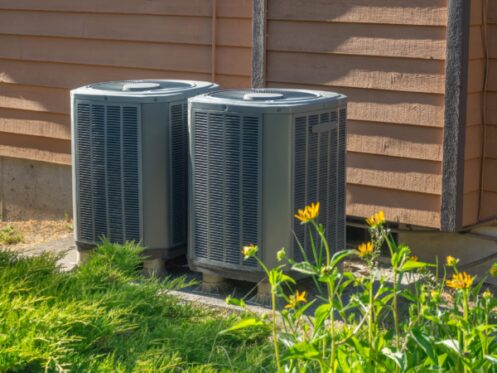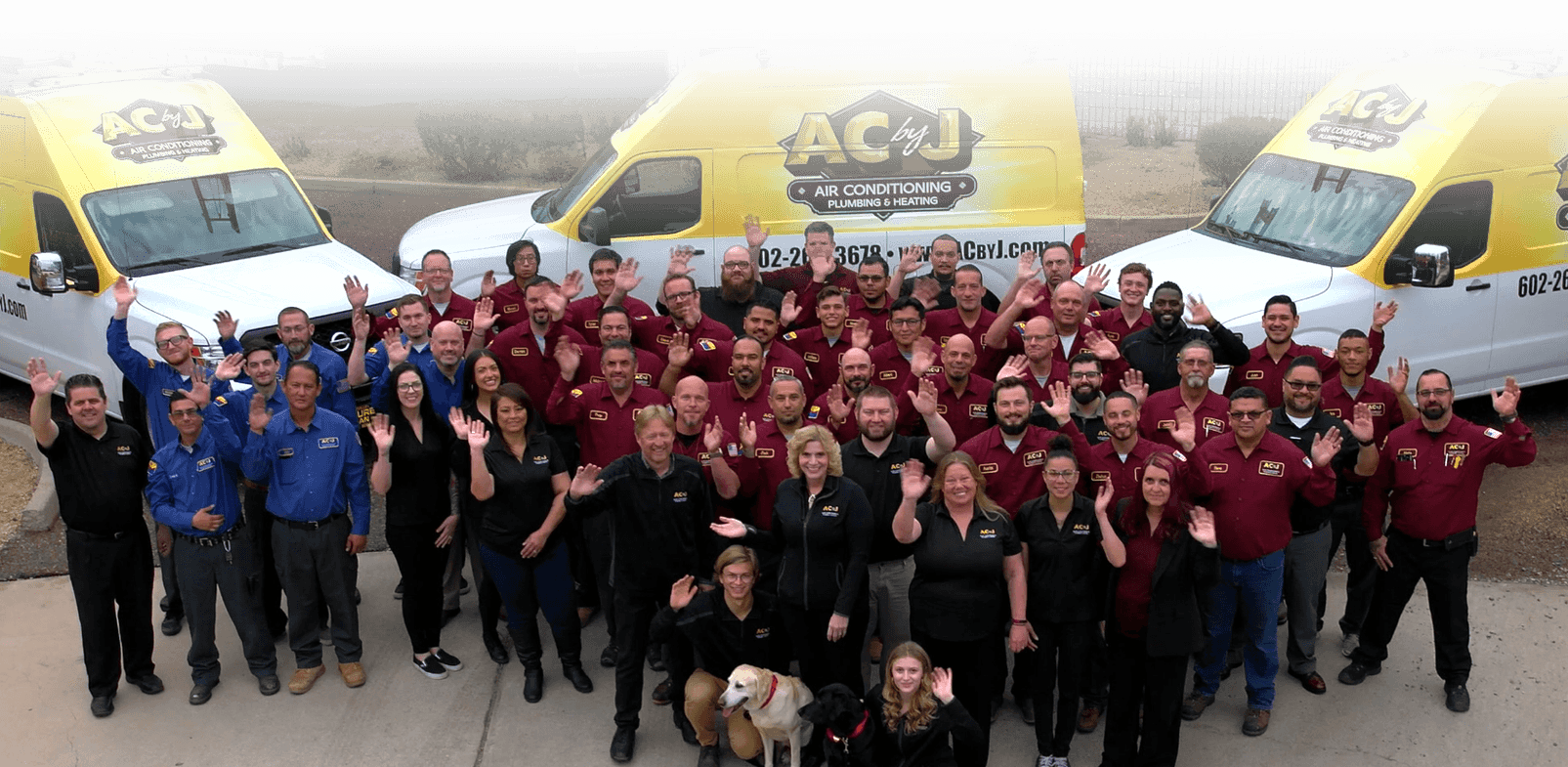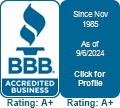New SEER2 standards for HVAC efficiency in the Southwest are helping homeowners save on energy costs when they install new equipment. The deadline passed on January 1, 2023 for installing older, less-efficient equipment which remained in stock. SEER2 minimum rating requirements are specific to the Southwest, with less stringent values for other regions. Heat pumps, central AC, furnaces, mini-splits, and packaged units each have specific minimums, effective in 2023.
History of U.S. HVAC Standards
Legislation signed by President Carter during the late 1970s began focusing on energy efficiency for vehicles, appliances, and household HVAC. Labeling standards for equipment provided a standardized way to compare energy efficiency. More recently, significantly increased energy efficiency requirements have been enacted, along with the Inflation Reduction Act’s incentives for installation of higher efficiency appliances and HVAC equipment. Many provisions have been taking effect at the beginning of 2023 and throughout the year.
What Are SEER and SEER2 and How Do They Affect HVAC Customers?
SEER is the Seasonal Energy Efficiency Ratio of a unit, with “rating” sometimes used for the ‘R’. That’s because comparing these numbers gives you a quick idea of relative performance between HVAC units. SEER is the ratio of cooling output from the unit in BTUs and energy input used by the unit, in watt-hours. SEER2 takes this comparison from the lab to a typical home environment, factoring in ductwork effects. As energy efficiency standards rise, Arizona homeowners will have clear guidance to get the equipment that’s right for their home.
- New equipment mandates beginning January 1, 2023
- Inflation Reduction Act incentives
- Change in methodology from SEER to SEER2 ratings
- Higher ratings include efficiency but also comfort improvements!
The switch to more accurate SEER2 ratings coincides with a rise in minimum efficiency standards required for equipment being installed. After January 1, 2023, new minimum ratings apply, providing greater efficiency for HVAC customers. New equipment needs to have been manufactured after that date, but meeting minimum SEER values converted to equivalent SEER2 can also work for higher efficiency units.
Additional Benefits of Higher SEER2 Ratings
Newer AC systems, and other compressor-based systems like heat pumps that have high SEER2 ratings, often use new technologies that provide additional comfort benefits. For example, variable-speed compressors adjust energy usage as needed rather than simply turning cooling on and off. Adjustable blower speeds provide gentler cooling when rapid cooldown is not required.
You’ll notice the difference as you sit and relax, since these advanced systems gently maintain the set temperature, rather than using a strong air current to deliver cooling. Even distribution of cooling and less variation in humidity are also benefits of new cooling technologies. When comparing SEER2 ratings, it’s important to consider these features as well.
Environmental Advantages of Increased Rating Requirements
While similar in effect to the requirements of the 1970s, the focus of today’s SEER2 requirements includes emissions concerns as well as energy consumption. By designing and manufacturing equipment which more efficiently uses energy for heating and cooling, the HVAC industry can help homeowners do their part for the environment.
The higher the SEER2 rating of the equipment, the more the homeowner saves in energy costs, and the more the environment is spared from absorbing the by-products of producing and using energy resources.
AC System Requirements and Standards
Minimum ratings vary from ACs to other systems. Typical split central AC systems of less than 45kBTU/h in the Southwest region must now rate 15.0 SEER / 14.3 SEER2 or 12.2 EER / 11.7 EER2. EER is calculated at 50% relative humidity, 95F outside temperature, 80F inside. SEER-type ratings are based performance during varying seasonal conditions. Above 45k BTU, 13.8 SEER2 and 11.2 EER2 apply.
Modern air conditioners typically range from 13 to 21 SEER2. Regular maintenance for AC systems makes a big difference in performance as well, especially cleaning of condenser and evaporator coils and refrigerant checks. Duct pressures and interior airflow balancing also help performance.
Heat Pump Heating and Cooling Requirements
Heat pumps offer the same efficiency possibilities as typical central air conditioning systems, along with the use of variable-speed compressors for higher SEER2 rated units. This provides comfort advantages as well as more intelligent use of energy by the system, according to the home’s cooling needs. When winter comes, the heat pump compressor’s operation can be easily reversed, drawing heat into the home instead of removing it outdoors.
Minimum heat pump requirements in any region are now 15.0 SEER / 14.3 SEER2. Measured as HSPF, or Heating Seasonal Performance Factor, they’re HSPF 8.8 / 7.5 HSPF2.
Single Packaged Unit Standards
A packaged unit brings together the components typically split into indoor and outdoor functions of central AC. Instead of an outdoor condenser unit and indoor evaporator and air handling system, it’s all together in one packaged system.
This configuration is helpful when there’s no convenient location such as a crawlspace or basement to locate the indoor equipment. Installation is also much easier, reducing the overall cost of the unit. Minimum requirements remain 14.0 SEER / 13.4 SEER2, 8.0 HSPF / 6.7 HSPF2.
Mini-Splits for AC and Heat Pump Applications
Mini-split HVAC systems eliminate the need for ductwork, making them versatile solutions for unique cooling requirements. Instead of routing refrigerant to an evaporator coil and air distribution system inside the home, small individual refrigerant lines pass through the outside wall directly to individual spaces.
This allows localized cooling, with air circulation within the room. Typically, up to four rooms are cooled by each mini-split system. For home offices, in-law apartments, even entire homes, mini-splits provide a practical, efficient comfort solution.
Making Sure You Get the Efficient, SEER2 Compliant System You Need
Each HVAC system with an SEER2 rating should be labeled as such, allowing you to verify that what you’re having installed meets modern standards. You’ll be enjoying the cooling for more than a decade, so it’s important to make wise choices and ensure your system is up to date. Your HVAC installer can show you what you’re getting, and make sure that it’s up to 2023 requirements.
Other Efficiency Measures for Your HVAC Equipment
The new SEER2 rating system reflects the effect of duct pressures on the unit, which is an important consideration in any HVAC installation with ductwork. Installers need to measure these values and make sure that the equipment is operating at its best with the proper static and dynamic pressures.
Vent airflow is also important, as well as in-room airflow that ensures even cooling throughout. Air balancing is a service that checks the movement of cool air to identify warm spots, cool spots, and dead air where circulation is not occurring.
Bringing Efficiency and Comfort Together
At AC by J, our team of HVAC experts and other home services professionals are here to help you meet your family’s needs for affordable comfort and convenience. If you’re exploring the new SEER2 rating system with new AC installation in mind, we can help you use these ratings to your advantage. Just give us a call!






